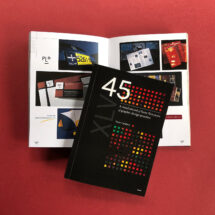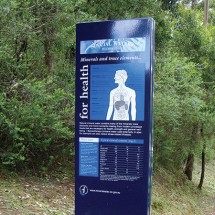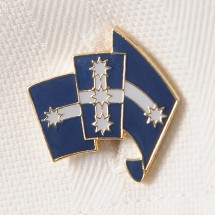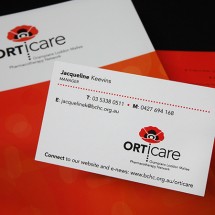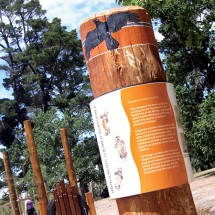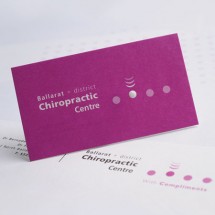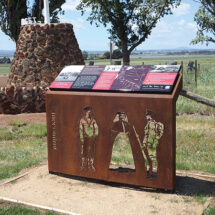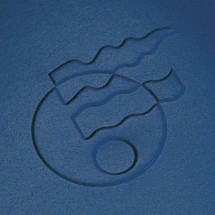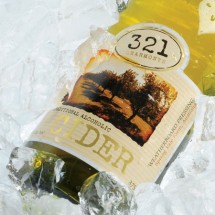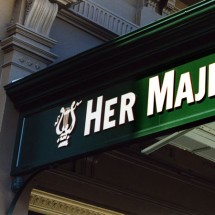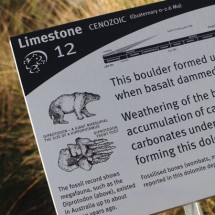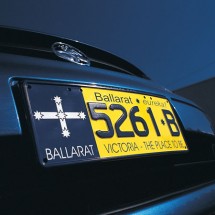Eureka Flag: The debate continues
The battle at Eureka on Sunday 3rd December 1854 was brief – lasting less than an hour – but debate about it’s importance and relevance to modern Australia still rages in some quarters. The latest debate centres on “ownership” of the flag and what it means and symbolises.
For students of history, it is obvious that Eureka (and thus the Eureka flag) can only symbolise mateship (“We swear by the Southern Cross to stand truly by each other…”), diversity (over twenty nations were represented by the diggers) and the desire for “a fair go” (“… it is the inalienable right of every citizen to have a voice in the laws he is called on to obey…”).
The City of Ballarat quite rightly has a stylised Eureka flag in the shape of a “B” as it’s logo – Eureka being the major point of difference from all other Victorian (both geographic and historical) gold rush towns. Designed by AAD, it was adopted by Council after the amalgamations of 1994. When given the opportunity by Vic Roads to have a limited edition number plate, Council adopted the Eureka flag there also.
Unfortunately, the major public institution responsible for the celebration, interpretation and dissemination of the Eureka story, the Museum of Australian Democracy at Eureka (MADE for short), seems coy about, if not embarrassed by, Eureka itself. As custodian of the actual 1854 flag, it seems only appropriate that MADE adopt some form of Eureka Flag in it’s branding.
Ron Egeberg, former Director of The Eureka Centre, commissioned the design of the lapel pin (shown at bottom right). This design elegantly puts the Eureka flag in an Australian context – it’s ideal for MADE.



